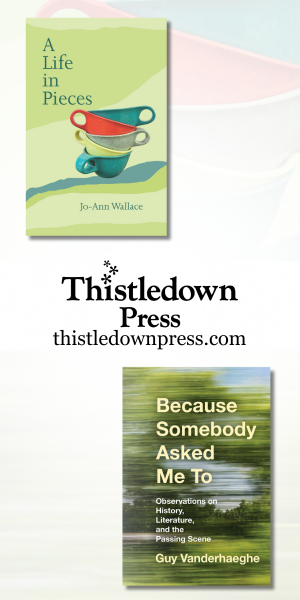Perhaps no words suffice to capture the formidable anguish and sorrow following the death of a child. With her remarkable fourth novel, Wait Softly Brother, Kathryn Kuitenbrouwer attempts to fill that void. On the surface, the book concerns a middle-aged author who writes a story about her stillborn brother, Wulf, hoping to “enliven him — as if words can do the alchemy of bringing him back to life.” But there’s an autobiographical twist. That imagined author is Kuitenbrouwer herself, who did lose her brother and embarked on a journey to “let fiction do the work of healing.” Indeed, this is not a traditional novel but an unorthodox piece of autofiction. Ostensibly authentic accounts of the experiences of an author, works of autofiction also incorporate imagined details, deliberately blurring the line between objective and subjective truth. Accordingly, Wait Softly Brother dances brilliantly between Kuitenbrouwer’s real life and the fictional narrative she...
Michelle Sinclair wrote the novel Almost Visible. She lives in Ottawa.

